NAPA VALLEY, Calif. — Cabernet sauvignon dominates Napa Valley’s vineyards, comprising more than half of all plantings and anchoring the region’s identity, economy and viticultural legacy. Only one thing threatens to challenge that dominance: the climate.
If cabernet is going to survive into the future in the Napa Valley, it will have to do so with a lot more scientific knowledge, including grapevine physiology, plants’ interactions with soils, the use of water (which itself is another issue) and at least 10 more subjects I could explain that would act as a superb soporific.
“Global climate change unquestionably will alter the way cabernet sauvignon is produced in the future…” — Dan Berger
(As we advance technologically, I suspect artificial intelligence will help to analyze specific soil types, trellising configurations and meteorological data and will devise better solutions than we now have.)
There is, however, something that we can do to analyze alternative grape varieties that might be used in conjunction with cabernet sauvignon and determine whether any of them would be suited for the soils in Napa to assist in keeping cabernet viable as temperatures get warmer, growing seasons become shorter and several unknown problems hit Napa.
Challenge your vocabulary with this week’s mystery word. Submit your answer in the poll, and check the bottom of the page for the correct answer.
In the last two years, I have read commentaries and heard speeches from people who think alternate grape varieties must be planted in Napa Valley to deal with the coming hotter vintages. I have heard grape experts speak about roughly the same topic. Everyone wants to talk about which varieties should take their place alongside cabernet to deal with climate change.
I have my ideas, of course, but simply listing a bunch of other grape varieties without explanation doesn’t really provide much enlightenment. (For example, one of the most dramatic grapes I have ever tasted is an extremely obscure grape called areni noir. The two examples I tasted were produced in Armenia. I am trying to track down the importer to see if the wine possibly could be available for our readers. Details another day.)
I have created a brief list of likely cab-companionable candidates that might work. Before we get to that, though, here is a brief list of some varieties that I would not recommend.
Grapes Cabernet Growers Should Ignore:
Gamay: I love this grape variety because of its unique ability to carry red cherry aromatics that are not dissimilar from a lighter-style pinot noir. Also, occasionally (notably in colder climates) gamay produces wines with a trace of black pepper (rotundone) for complexity.
As such, it might be a beautiful blender for cabernet. But I suspect that the aromatics would be so different that it might make for a vinous version of a chicken with three legs, which might appeal only to families of three people where everyone wants a drumstick.
Zinfandel: The only way this variety would make any sense as a blending grape for cabernet would be to grow it in a cool region where the raspberry aroma can flourish and alcohol levels never really rise beyond about 14% or where the grower had the courage to pick early enough. Many of the zinfandels from the 1960s and 1970s that I have had proved to be remarkable aging wines. But when alcohols reached 15% or more, the acid usually was insufficient for the wine to develop much mature character.
Since planting zinfandel in a cooler climate is not a very good suggestion (it’s economically risky), it doesn’t make sense to try it as a cabernet blender.
Petite sirah: In most of the places where this excellent variety is grown, it typically produces wines of such intensity, density and high tannin levels that it probably would exacerbate the astringency that cabernet already has plenty of. Since no one wants any more of that character, I vote against PS.
Nebbiolo: This grape actually might be considered a possible cab blender because it has such astounding longevity. It has fascinating aromatics when it is young (including tar) and is relatively impervious to radical climate changes.
There is, however, one particular problem. The word nebbiolo comes from “nebbia,” which in Italian means fog, which implies a cool climate. Its natural home is northern Italy (Piemonte) which is consistently foggy.
I have tasted some fascinating nebbiolos from both California and Washington, but all of these wines were grown in cool areas. And Napa is not exactly a cool area. Moreover, although this grape variety is associated with long-aging wines, one reason for that is that its wines usually offer a plethora of tannin. As with petite sirah, who needs more tannin?
Pinot noir: Uh, no. (Heaven forbid, a Bordeaux/Burgundy coalescing?!)
Grenache: As much as I love this grape of Southern France and Spain, it’s like the antithesis of cabernet. It has pomegranate and/or cranberry fruit, perhaps a trace of orange peel and works in Rhône grape blends. I do not see it blended with cabernet. It might make a charming red blend, but then you might end up with a red wine that tastes good when young but typically won’t improve with age. In the final analysis, such a wine may be dragged down by blending in cabernet.
Grapes Cab Growers Should Consider:
No. 8. Touriga nacional: This is the primary red wine grape in Portugal, where it produces some of the best vintage Ports. It is unquestionably an exceptionally fine variety. It can produce exotic fruit aromatics that remind me slightly of mountain-grown zinfandel (boysenberry?), and it often produces ripe black-cherry and plum aromas that can be unique, even if the wine that it makes turns out to be a dry red.
I have had a few dry Portuguese wines. Purely in terms of aromatics, I have often found that the fruit component is almost exactly what I find in vintage Port (or late-bottled vintage Port). What it does not have is any of the distinctive dried-herb components, which are most evident in cabernet itself, and which also are observed to a lesser degree in cabernet’s companion varieties, including merlot, cabernet franc and even petit verdot.
So, although touriga certainly can add a note of fruit that is not necessarily overripe, my suspicion is that using more than about 15% of it in a cab blend might alter the way a cabernet would taste when it was young but also radically change the way the blend would age in the bottle. I suspect touriga would make an interesting red wine blend, but I suspect it would be a little odd to those who really adore the flavors and aromas of true cabernet.
Also, as important as touriga is for Port, in dry reds I have had the wines don’t seem particularly complex.
7. Barbera: My main reason for listing this Italian stalwart here is that climate change may cause huge problems for future cabernet producers that try to maintain their acid levels if they’re harvesting later than they do today. The longer a grape remains on the vine, the more the acid drops and the higher the pH goes. This can produce unbalanced red wines that might be succulent but have very little future, if any. Some barbera could alleviate that situation.
I really love barberas, especially those from northern Italy, because they usually are tart enough to work with tomato sauces and other Italian foods (charcuterie, creamy cheeses, olive oil). The grape itself is not particularly assertive in its aromatics, which might prove beneficial in a blend with cabernet and cousin grapes, and its acidity and lower pH could prove beneficial if used judiciously to balance a wine that has a little less acid than it needs.
6. Petit verdot: A fascinating grape variety that leans more toward pomegranate fruit with a little less of the herbal components that cabernet provides. The grape variety does extremely well in Virginia, but very few of those wines ever make it outside of that East Coast state. One possible drawback is that the variety is extremely dark and makes concentrated wines with a lot of tannin. I suspect that if it is made as light as possible to avoid some of the tannin, the resulting wine would be a compatible companion to cabernet.
5. Sangiovese: Another Italian variety that seems to have the ability to provide quality acidity, and its aromatics are not incompatible with cabernet. The variety can offer a bit of fresh tomato aroma. Its only major drawback is that it often makes a wine where high acidity combines with tannins to make a wine that can be astringent when it is young.
Some super Tuscan wines made from cabernet and sangiovese have proven that they can age nicely. The cabernet usually provides the primary aromatics, and the sangiovese provides the structure.
4. Syrah: I have tasted several excellent examples of syrah that has been blended with cabernet. The two varieties complement each other nicely, especially in Australia, where syrah is called shiraz. Blending them was pioneered more than 50 years ago by the late winemaker Max Schubert at Penfolds with a monumental blend that was called Bin 60A. It was a legendary wine.
The website winesearcher.com says this of syrah blended with cab: “While the combination may be not immediately obvious to the French, the two varieties are quite well matched. Cabernet Sauvignon’s structure and depth is ameliorated … by the ripe, velvety addition of Shiraz. Cabernet Sauvignon is often said to be lacking in the mid-palate (the “doughnut effect”). Happily, Australian-grown Shiraz is famously good at providing juicy, jammy fruit flavors that fill out the wines, combining to create complex cuvées full of bright berry and dark fruit flavors.”
Using syrah, even as much as 25% in cabernet blends, might work beautifully if growers and winemakers are on the same page and do not allow the syrah to stay on the vine until alcohol levels go through the roof. Balance is especially important when picking syrah. I have several examples in my cellar of Australian shiraz that were superb after 30 or more years! Every wine was balanced with less than 14% alcohol.
This is also a logical blend for another reason. In the last decade, sales of syrah wines have declined and wineries with that variety planted are making less of it as a varietal wine, so shifting some of it off into the cabernet program makes sense.
3. Saint Macaire: I discovered this obscure variety decades ago when I was chatting with a Bordeaux winemaker who mentioned it as an approved variety in Bordeaux. I had not heard of it until that moment. However, even in Bordeaux it is considered relatively abstruse. Tiny blocks of the stuff are planted here and there. I really enjoyed the one California bottle I had a few months ago, but first a little about the grape itself.
The variety is relatively dark and concentrated, so a resulting wine can be a little bit too intense to make a stand-alone product. When it is handled properly in the vineyard and not harvested too late, the resulting wine will be relatively dark, with a trace of Bordeaux’s aromatic intensity.
The one U.S. commercial example that I can report on comes from Hanna Winery in Sonoma County, where winemaker Jeff Hinchliffe planted a tiny block of Saint Macaire and made a red wine from it. The 2019 vintage of that wine ($72/club members only) is a dramatic example of how superb this variety could be as a blending grape to enhance cabernet sauvignon.
Although it is listed as an official variety that’s permitted in Bordeaux, I don’t know if a winery there uses it.
2. Merlot: This widely planted Bordeaux variety can be similar to cabernet sauvignon because they are genetically connected and, as such, it has some of cabernet’s herbal notes. However, merlots differ.
For one thing, the primary aromas in merlot relate more to cherry/berry and even cassis, but herbal elements include green tea and tree-ripened olives.
Also, a few limitations make it less likely to be a widely planted variety in areas that become too warm for cabernet sauvignon. Mainly, merlot seems to do best in locations that include cooler climates (Carneros?), clay soils (near the Napa River?) or in mountainous and thus well-drained soils (Mount Veeder, Howell Mountain?).
1. Cabernet franc: There is no question that this grape variety is not only the most important alternative to cabernet sauvignon but in some ways represents the future of California red wine as climate change proceeds and causes growers’ headaches.
Not only are the two grape varieties extremely similar, but both make red wines that will improve significantly if they are aged in a cool cellar for decades.
Once disparaged by some people who believed cabernet franc to have too much herbaceous-ness, the variety has recently been rediscovered by dozens of wineries for its malleability both in the vineyard and in the winery. Its rebirth makes it ideal not only as a varietal wine but because it is so remarkably versatile as a blender for cabernet sauvignon.
In the last two years, cabernet franc has become so popular that prices for its grapes in the Napa Valley were higher than cabernet sauvignon prices.
The fruit that CF delivers can be at least as charming as cabernet sauvignon’s, and one major advantage is that its structure can be less aggressive (lower tannins) than CS, and thus a balanced structure is easier to attain.
Genetic research has shown that cabernet franc and sauvignon blanc are the parents of cabernet franc (and merlot). This kinship has evolved into a wine that winesearcher.com says is “delicate and aromatic – particularly in its youth. It shares many of the same attributes of Cabernet Sauvignon, but is distinct by its pronounced green, vegetal note that can range from leafy and garrigue to green bell pepper.
“This has led many wine-drinkers to incorrectly identify Cabernet Franc as unripe Cabernet Sauvignon of even Carmenère. In cooler regions, Cabernet Franc exhibits graphite and red licorice notes with warmer climates showing more cigar and leather aromas. When blended with other varieties, it adds herbaceous accents of tobacco and dark spice as well as contributing a smoother and rounder mouthfeel.”
Winemaker Steven Kent Mirassou has begun promoting Livermore Valley as one of the state’s greatest locations for cab franc. Several months ago, I attended a major cab franc tasting that featured nearly two dozen producers in Livermore. The wines were exemplary. Charmingly, most of them had the aromatic stamp of Bordeaux.
What I have found by aging these CF wines is that the herbal components tend to be more rapidly sensitive to decline, so cabernet franc does not need as long an aging curve as does cabernet sauvignon.
Global climate change unquestionably will alter the way cabernet sauvignon is produced in the future, but I think most Americans who drink cabernet on a regular basis will not notice the difference for at least a decade because so many wineries are now homogenizing the way the wine is produced to basically remove some of the more distinctive elements of the grape.
For one thing, a lot of cabernets these days are being made to be sweet, an odious situation.
As cabernet changes, however, dedicated wine-collectors as well as people inside the industry such as wine critics, sommeliers and fine-wine-shop buyers will determine if the new cab style has enough public support or if there will be backlash.
But one additional thing is certain to happen: Growing areas that previously were considered too cold to ripen cabernet soon may emerge to rival what Napa has always done. I have not yet heard of a pinot noir producer pulling out vines to replant with cabernet, but within the next decade, all kinds of curious situations surely will arise as a direct result of increasing temperatures.
—
Dan Berger has been writing about wine since 1975.
Today’s Polls:
Wine Discovery:
2022 Matthiasson Cabernet Franc, Napa Valley ($65) – One of the fascinating aspects of cabernet franc is that it not only makes great red wines in two of Bordeaux’s most prestigious regions, Pomerol and Saint-Émilion, but it is also a remarkable deliverer of personality-driven red wines in France’s Loire Valley. In the former region, “Right Bank” cabernet franc, usually blended with merlot, is typically aged for two years in small barrels and needs more time in the purchaser’s cellar. In the latter region (like Chinon), the wine is rarely put into small barrels and is designed to be consumed younger. Steve Matthiasson, on the slopes of Mount Veeder, says this new wine to his program is “a completely different expression of cabernet franc than one usually finds in the New or the Old World, informed by the wines of Chinon … something unique.” Instead of small barrels, he aged the wine in large, used puncheons, so he got a little maturity but no oak flavor with only 12.5% alcohol. This dramatic wine has a Loire Valley feel. Says Steve, “We focus on the mineral and herbal aspects of its character.” I decanted this wine for two hours before I consumed it, and it went gorgeously with grilled salmon. I don’t use numbers on wine, but Decanter magazine in London gave it 97 points. I consider this to be a Napa Valley bargain. — Dan Berger
This Week's Word Challenge Reveal:
The correct answer is B: "Plant feeding from a host plant."
A hemiparasite is a plant that performs photosynthesis but still relies on a host for water and minerals. Mistletoe, found on oaks in Napa, is a prime example — green and self-energizing yet dependent on its host’s vascular system. Though sometimes seen as a nuisance, hemiparasites can influence biodiversity and nutrient cycling and may serve as early indicators of environmental stress.
Hemiparasites differ from epiphytes like lichens, which also grow on trees but do not extract water or nutrients from them. Common lichen species in Napa, such as lace lichen and “old man’s beard” (Usnea), are symbiotic organisms that make their own food and use tree branches only for support. Both hemiparasites, such as mistletoe, and non-parasitic epiphytes, such as lichens, play important roles in forest ecosystems and can serve as indicators of environmental change — mistletoe reflecting host tree stress, lichens signaling shifts in air quality.
The term “hemiparasite” combines the Greek “hemi-” (half) and “parasite” (one who feeds at another’s expense), first used in scientific contexts in the mid-1800s. By blending independent energy production with host reliance, hemiparasites have long held interest for botanists studying plant relationships and ecosystem dynamics — topics increasingly relevant in regions facing shifting climate conditions.
Explore These Related Articles:
Browse All Napa Valley Features Stories
The views, opinions and data presented in this article are those of the author and do not necessarily reflect the official policy, position or perspective of Napa Valley Features or its editorial team. Any content provided by our authors is their own and is not intended to malign any group, organization, company or individual.






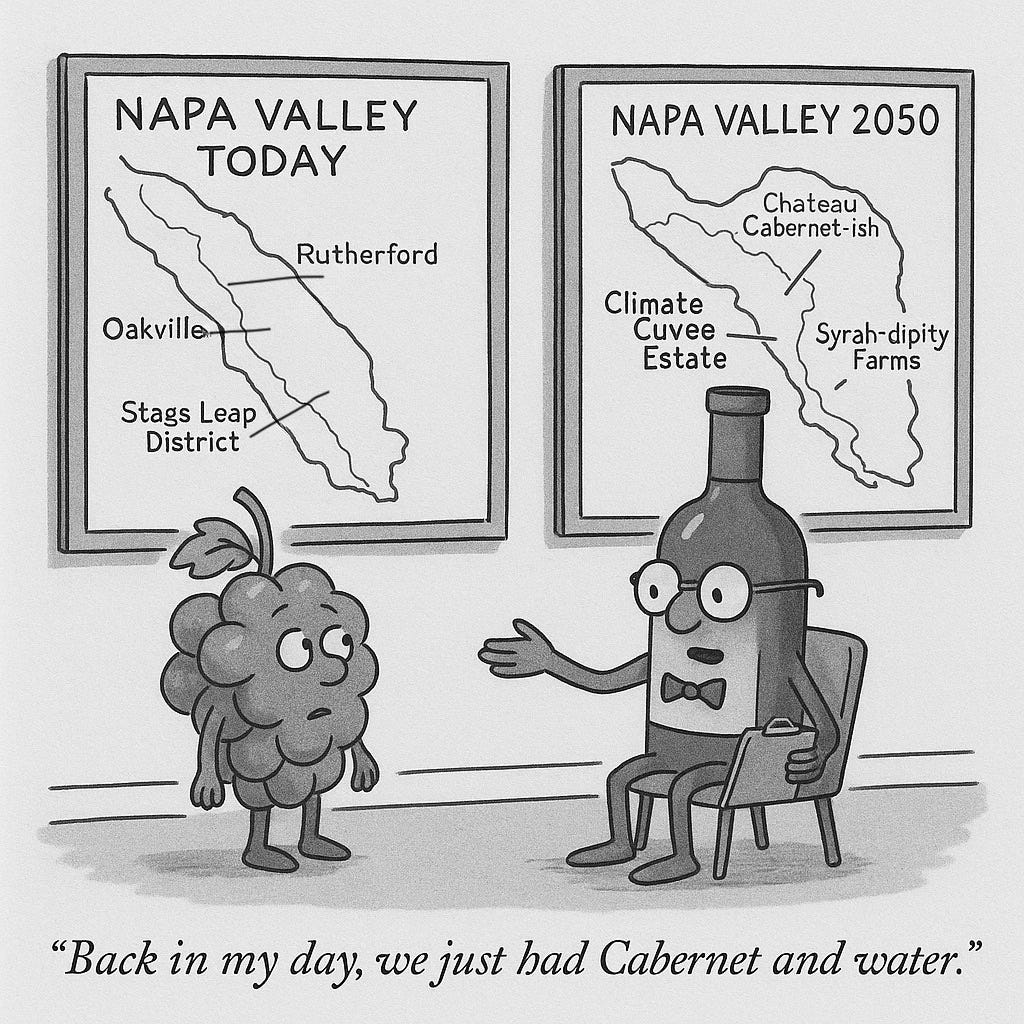

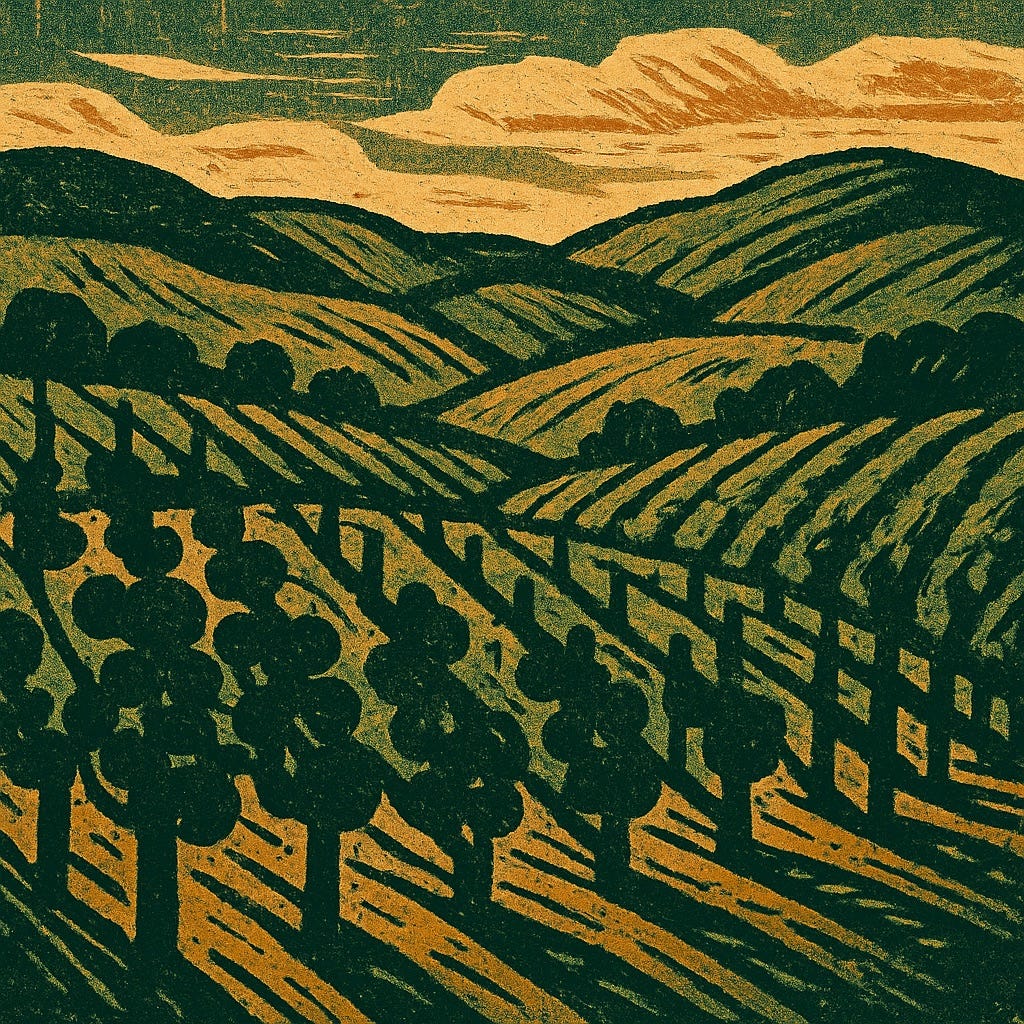
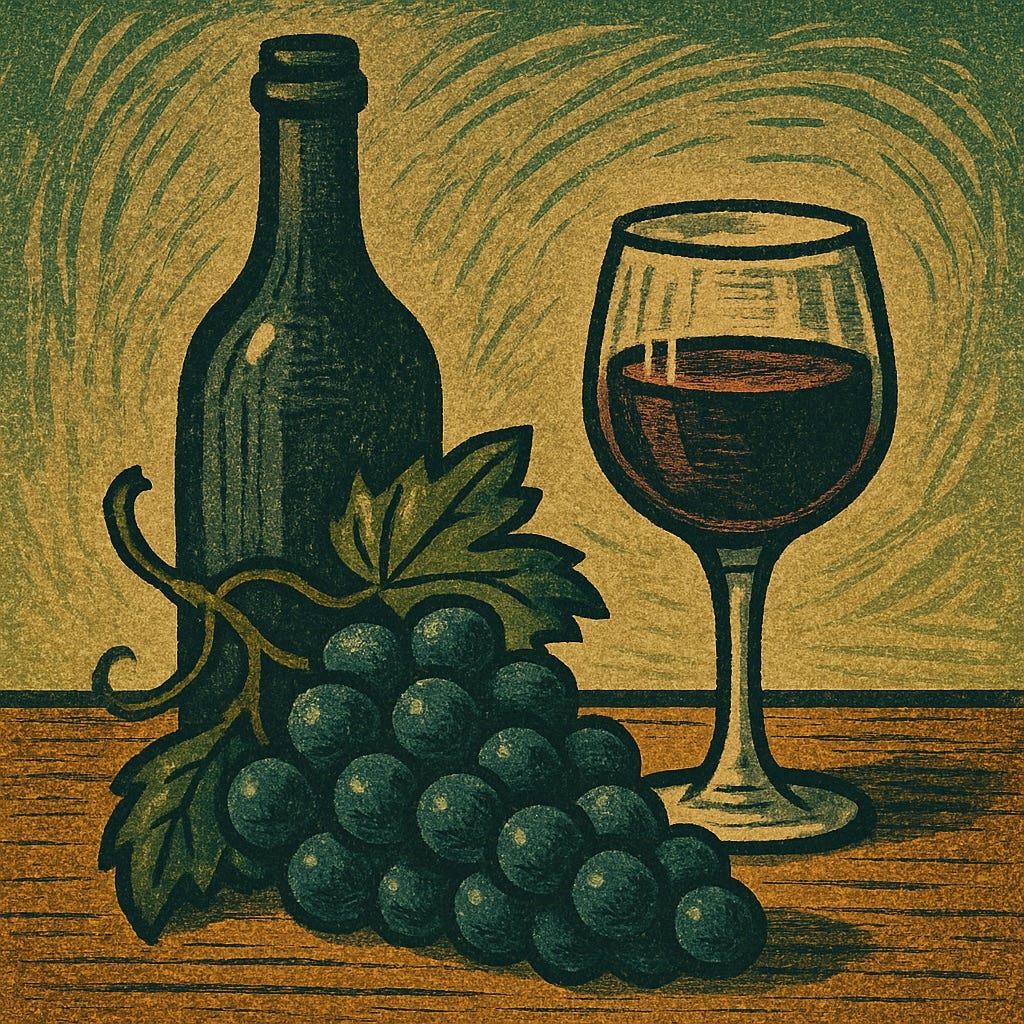
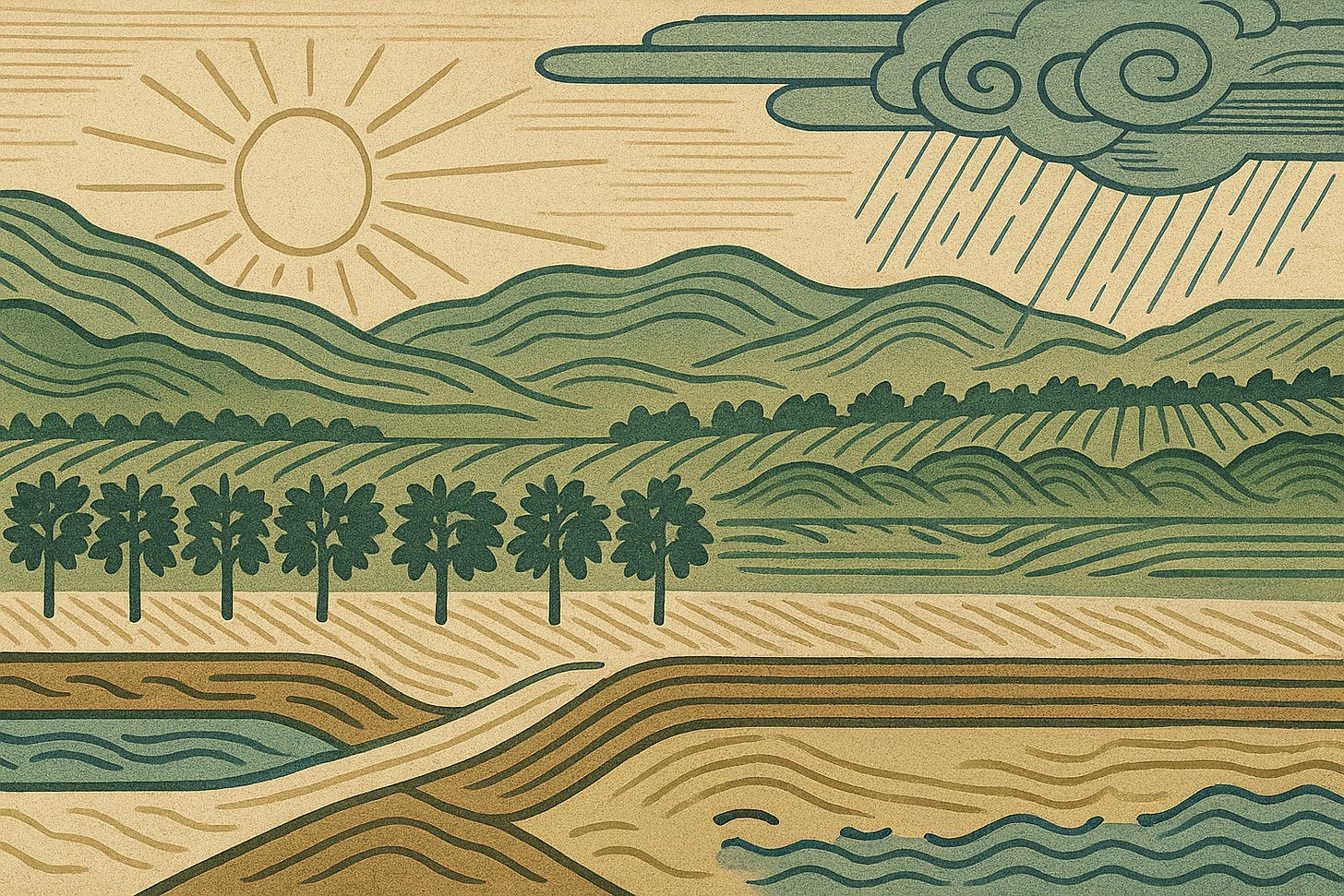
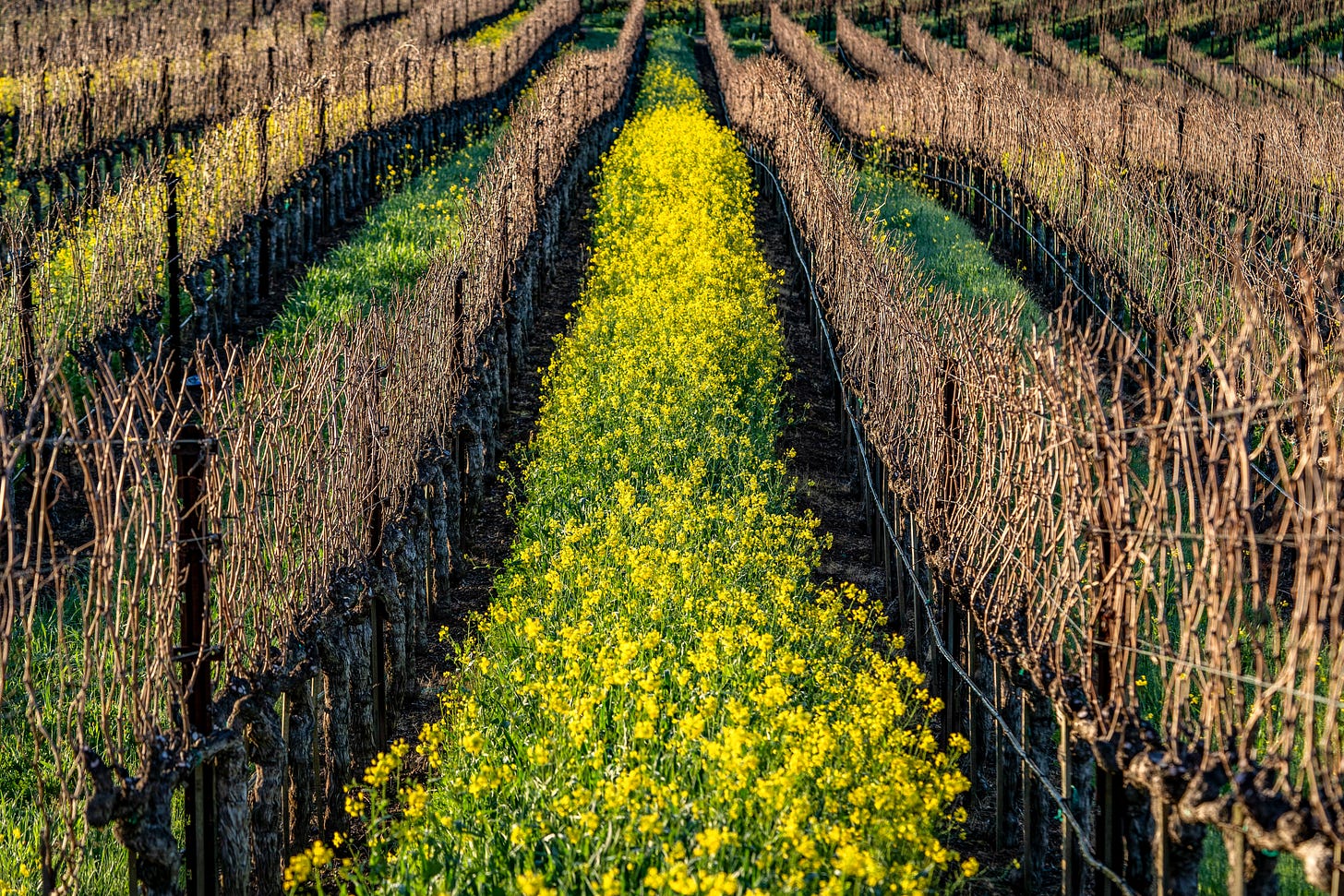





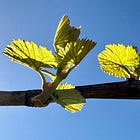


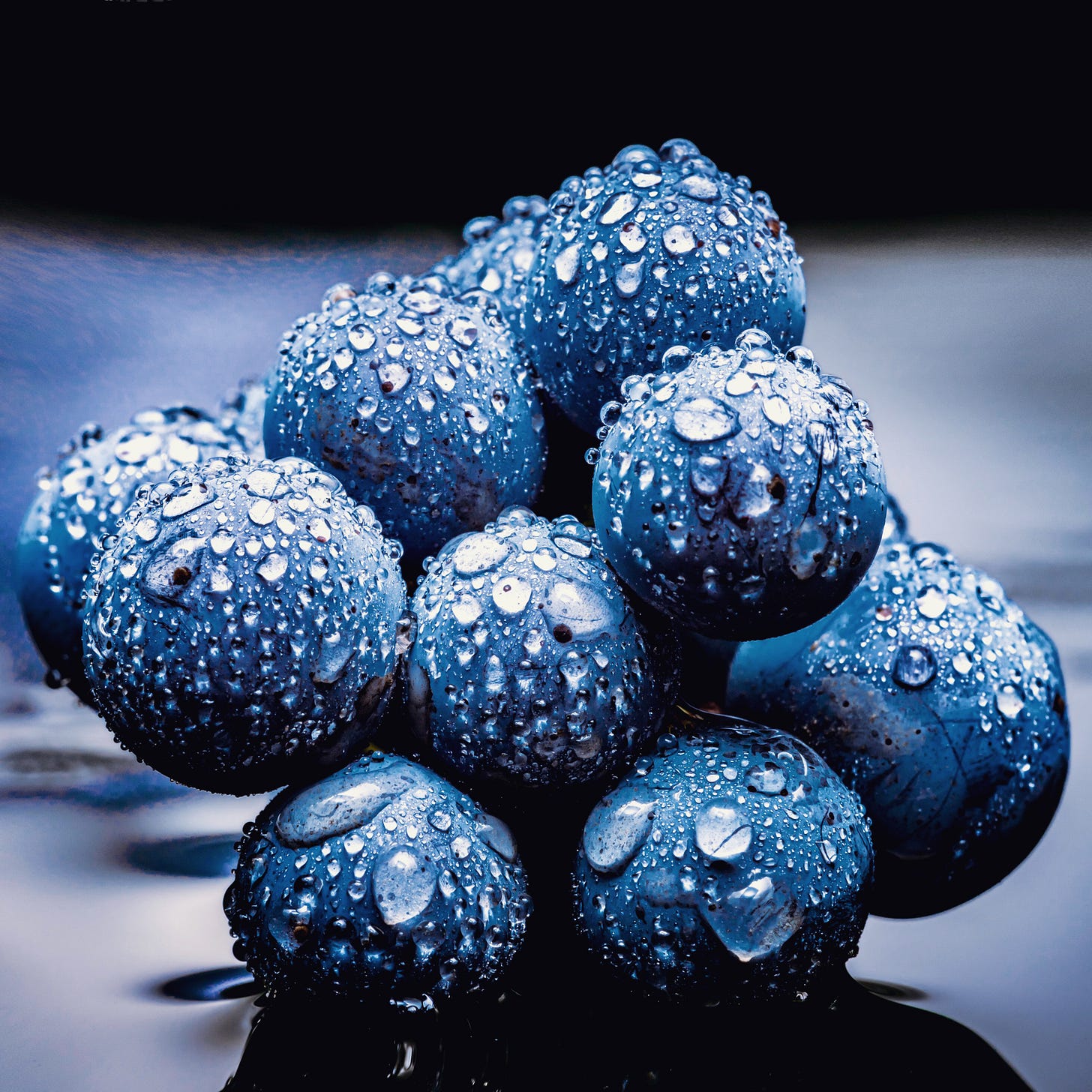
I really like the weekly ‘Mystery Word’. I almost always have to look up its meaning & I learn something in the process. Like this week I found out that Indian Paintbrush is also hemiparasitic. Who new?